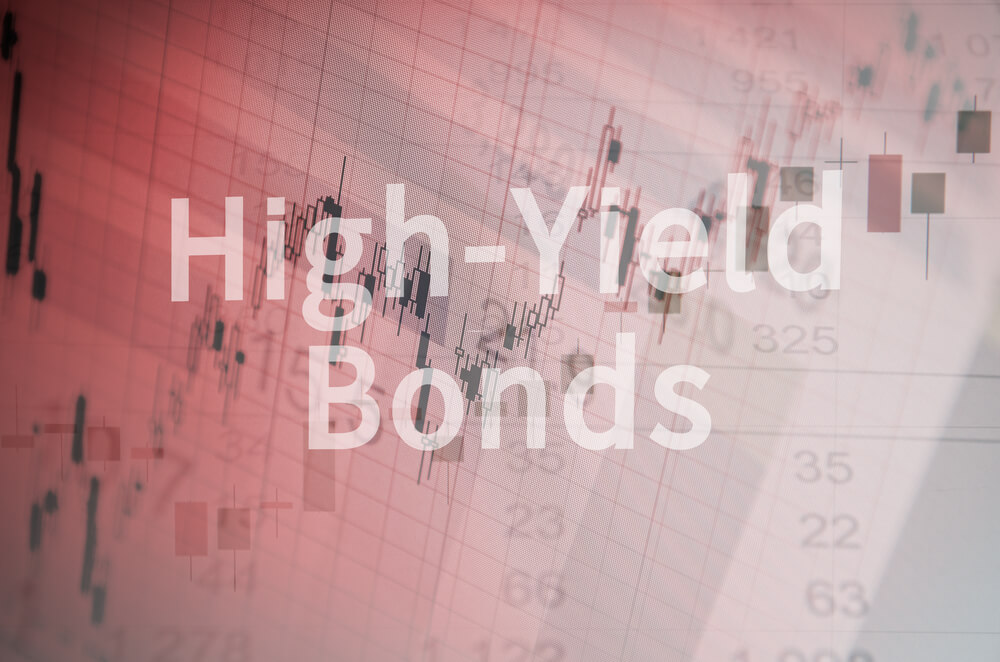The yield curve is looking more and more like a recession is coming. Unless, of course, we’ve been reading its signs wrong all along.
Essentially, when yields for long-term bonds dip lower than short-term bond yields — when short-term interest rates are higher than long-term rates — economists call that an “inverted yield curve.”
Investors often look at this as a sign of a weaker economy and inflation in the coming years. Each recession of the past 60 years has been preceded by an inverted yield curve, though sometimes it could be as far as a year out.
The current yield curve isn’t quite inverted yet, but it’s the closest it’s been since just before the Great Recession that began in 2008.
But according to an economic letter released Monday by the Federal Reserve Bank of San Francisco’s Michael D. Bauer and Thomas M. Mertens that was cited by Bank of America Merrill Lynch, the two- and 10-year yield curves aren’t as great an indicator as many experts might think.
“When interpreting the yield curve evidence, it is important to remember that the predictive relationship in the data leaves open important questions about cause and effect,” Bauer and Mertens said in the paper.
The report notes the relationship between the three-month and 10-year Treasurys is a more accurate predictor of a recession than the two- and 10-year yields, with the three-month 10-year curve being further from inverting.
“However, we also show that the traditional 10y-3m spread is the most reliable predictor, and we do not find any evidence that would support discarding this long-standing benchmark as a measure of the shape of the yield curve,” Bauer and Mertens wrote.
Bauer and Mertens conclude the yield curve has been a reliable predictor of recession, and the best summary measure is the 10y-3m yields, not the 10y-2y.
“Although this particular spread has narrowed recently like most other measures, it is still a comfortable distance from a yield curve inversion. In this Letter, we do not find an empirical basis for adjustments based on the term premium, especially in light of uncertainties about the possible effects of quantitative easing. Finally, when interpreting the yield curve evidence, it is important to remember that the predictive relationship in the data leaves open important questions about cause and effect.”
Regarding the report, Business Insider conducted an interview with Aditya Bhave, a global economist at Bank of America Merrill Lynch, who says he isn’t alarmed by the 10y-2y curve being at its lowest point since 2007 — right before the Great Recession.
For one, he’s not in the camp that believes an inverted yield curve causes a recession. Rather, he said, it’s the other way around: Fears of a recession cause the curve to invert.
“The point is that the yield curve is better viewed in the context of the macroeconomic and policy environment than as a leading economic indicator,” Bhave said in a client note on Wednesday.
Business Insider notes that the yield curve is being pushed closer to inversion in part due to the Federal Reserve raising interest rates, with another hike planned for September and the fourth hike of the year likely coming in December.
Bhave said an inverted yield curve shouldn’t disrupt the Fed’s plans to keep raising the interest rate, and that only bad economic data should be the cause for backing off rate hikes.
“Although the curve will probably invert at some stage in this cycle, and there will eventually be a recession, we do not expect yield curve inversion due to excessive Fed tightening to cause a recession,” Bhave said.
“Rather, reverse causality will likely be at play.”
The Associated Press contributed to this report.
